Turkeys
Capehatchery is ready to supply you with the best Turkey breed Whether you want to raise turkey for meat or you just want a new pet to keep around the farm, we are here to help. We have an excellent selection of turkeys for sale, including a number of great options from our turkey hatchery. Whether you would like a heritage turkey, a broad breasted turkey or one of our bargain specials on turkey hatchlings, you can expect affordable prices and fast shipping when you order. A baby turkey is called a poult, a male turkey is called a Tom or Gobbler and a female turkey so you all free to place your order
Weights: Old Tom 14kg, Old Hen 8kg, Young Tom 10kg, Young Hen 6kg
The Standard Bronze Turkey can be an ideal turkey for a backyard flock, although it does require plenty of room to roam. The Bronze Turkey has quite an even temperament and is easy to raise. Standard Bronze turkeys are good layers as far as turkeys go, but do not go broody as easily as some other varieties. The Standard Bronze turkey can naturally mate. Being a heritage breed, they grow slower than your broad breasted turkeys, but they still are a good dual purpose breed for the homesteader. They will be ready to process at 28 weeks of age . Standard Bronze Turkey is the largest American standardized variety of turkey. The Broad Breasted Bronze was developed from the standard, however do not mistake the two as the Bronze turkey today is still one of the most popular choices being a heritage breed, docile, a good layer, and a good meat bird
Royal Palms have never been raised for commercial purposes. Most breeders raise them for exhibition. However, they are, in some ways, ideal for a small farm or a back yard flock keeper who would like to raise turkeys for family consumption. They are smaller than most types of turkeys, they are excellent foragers, and can be ready to process in about 28 weeks.
Colors: Royal Palms have a crisp, distinctive black and white patterning. The base color is white, while the saddle feathers are a sharp, metallic black. The tail feathers are also white with a contrasting, black band. The breast feathers are white, with black tips, forming a bright pattern of black and white
Bourbon Reds are popular with both fanciers who raise them for exhibition and with small flock keepers and farmers. They are good foragers, and do well when provided pasture. When raised for meat, they are ready to process in about 28 weeks.
Colors: The Bourbon Red is a deep, rich red color over most of its body, with bright white tail that have a soft, red bar across them. Flight feathers are white; the beak is a horn color and is darker at the base than at the tip; wattles are red; the beard is black; and the shanks and toes are pink.
Broad Breasted Bronze produced the Broad Breasted White Turkey. It has become the dominant turkey on the market and is the one that most Americans are familiar with.
For a time, the Broad Breasted Bronze held the dominant position on the turkey market, but beginning in the 1960s, processors began to prefer the Broad Breasted Whites because they produced a cleaner looking carcass. The fact that their feathers are all white means that their pin feathers are not visible when the bird is dressed.
The large size of the Broad Breasted White Turkey has pros and cons associated with it. These birds have been bred to grow large; some of them exceed 50 lbs at full maturity
Breasted Bronze Turkey was the most desirable turkey for the table. The breed originated when European settlers bred the turkeys they brought to North America with the native turkeys they found here. The hybrid they produced was a superior animal, being more vigorous and bigger than the European birds but tamer than the North American natives.
The coppery coloring of these turkeys gave them their name, but they were not officially called Bronze Breasted Turkeys until the 1800s, Shortly thereafter, in 1874, the American Poultry Association officially recognized the Bronze turkey breed. Since that time, the breed has undergone dramatic changes, as commercial farmers began to introduce different strains to produce turkeys with broader breasts and shorter keels and that would grow faster.








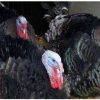
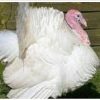


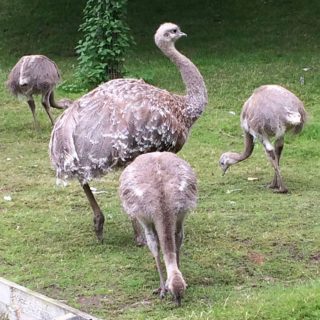

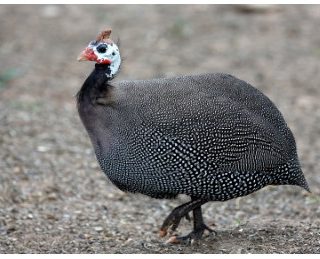


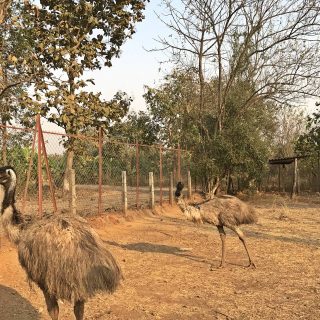

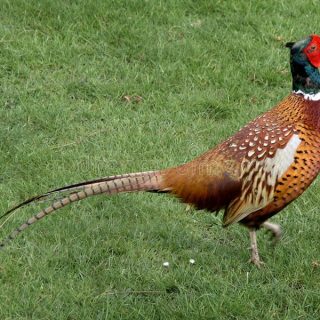

Reviews
There are no reviews yet.